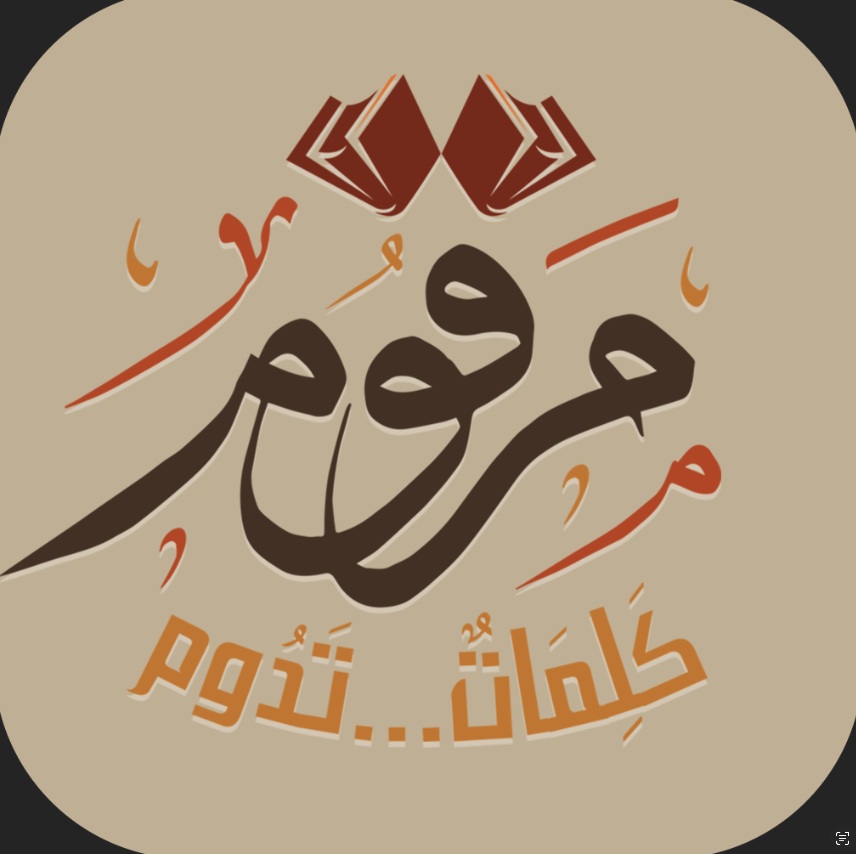Noah and the Ark
An archeological study found the above 500 foot-long boat-shaped formation atop Mount Judi[1], some 20 miles south of Mount Ararat (where the Bible places the Noah’s Ark). It has horizontal deck-support timbers at consistent intervals and evenly-spaced indentations resembling decaying rib timbers. Natural causes do not make such symmetrical formations!“And it was said: ‘O earth! Swallow up your water,’ and ‘O sky! Withhold (your rain).’ And it was said: And the water was made to subside, and God’s Decree was fulfilled. And it (Noah’s Ark) came to rest upon (Mount) Judi...” (Quran 11:44)
All the wicked peoples of the earth were drowned while believer and beast were carried with Noah in his Ark. The ship remained intact upon Judi right until the dawn of Islam. What has remained today is still a thing to behold.
The Temple at Sheba
Another people whose sins were answered with a devastating flood were the People of Saba’ (Sheba). They turned away from the Creator, God, to worship others. Now, all that remains of their once prosperous civilization (at Marib, Yemen) are the broken sluices of their dam, some Sabaean inscriptions, and the ruins of their temple.[2] (below).“Indeed, there was a sign for Sheba in their dwelling place: two gardens on the right and on the left. (It was said to them,) ‘Eat of the provision of your Lord, and be grateful to Him, a fair land and an Oft-Forgiving Lord.’ But they turned away (from God and became corrupted). So We sent against them the unleashed dam waters, and converted their gardens into gardens bearing bitter fruit and tamarisks, and a meager few lote-trees. That is how We rewarded them because they were ungrateful. And never do We reward in such a way except those who are ungrateful.” (Quran 34:15-17)_002.jpg)
_002.jpg)
Ad, Iram, and Ubar
Did you not see how your Lord dealt with ‘Ad - (the people of) Iram of the pillars - the like of whom had not been created in the land (before)? (Quran 89:6-9)The ‘Ad were a nation of giants. ‘Who is mightier than us in strength?!’ (Quran 41:15), they would boast, tyrannizing people with their huge size while the Prophet Hud would command them to fear God and be righteous. For most historians, the story of Iram[3] was pure fable, a myth, an ‘Atlantis of the Sands.’
Until 1973, that is, when the 4,300 year-old city of Ebla was excavated in northern Syria. Some 2,500 cuneiform clay tablets (above)were recovered from Ebla’s palace library, containing records of all the nations Ebla traded with, including one called ‘Iram’![4]“(Hud said to ‘Ad,) ‘Do you build monuments on every high place for amusement, and take yourselves palaces as if you will live therein forever?” (Quran 26:128-129)
In 1992, using satellite images, the relics of a city correlating with the Quranic location and description of Iram were discovered deep beneath the desert on the edge of Oman. The city’s wealth was evidenced by frankincense burners, Parthian pottery (above)and the 90cm-thick walls guarding them.
“So We sent to them a ferocious wind in evil days; that We might give them a taste of disgracing punishment in this world. And the punishment of the Hereafter is more disgracing, and they will not be helped.” (Quran 41:16)_006.jpg)
In 1992, using satellite images, the relics of a city correlating with the Quranic location and description of Iram were discovered deep beneath the desert on the edge of Oman. The city’s wealth was evidenced by frankincense burners, Parthian pottery (above)and the 90cm-thick walls guarding them.
_006.jpg)

